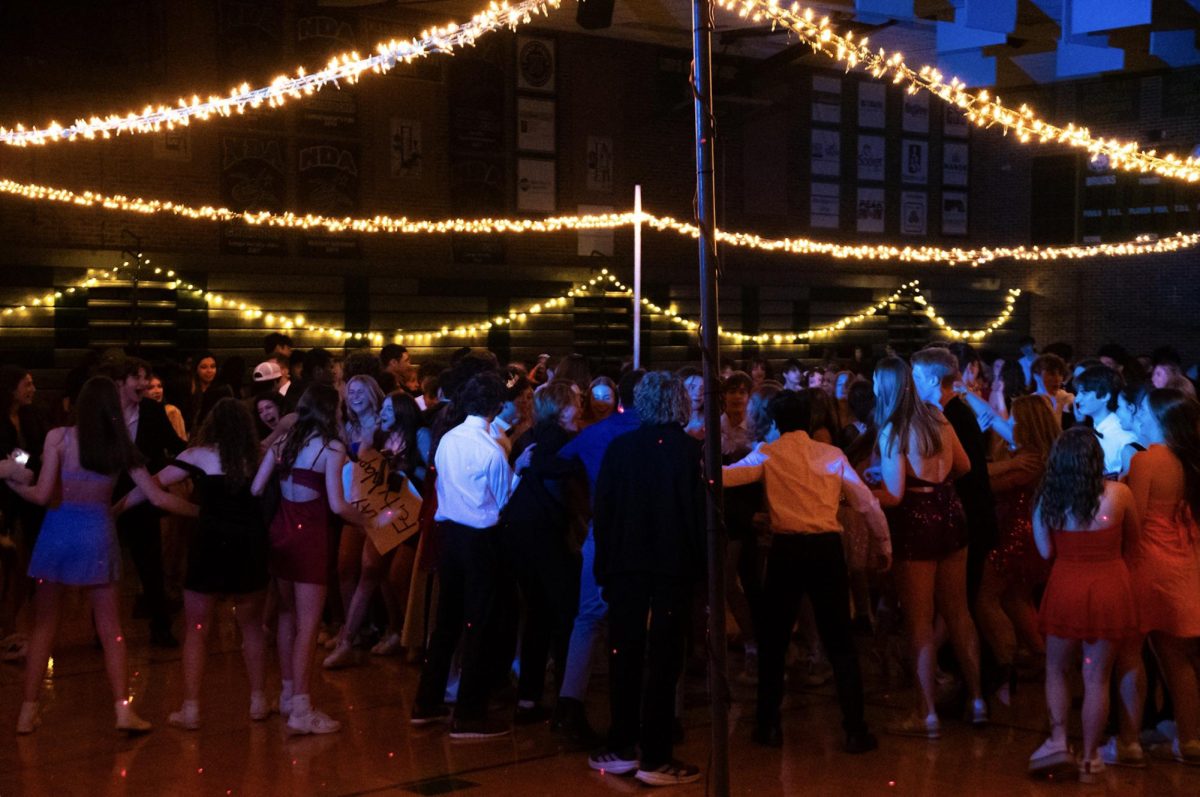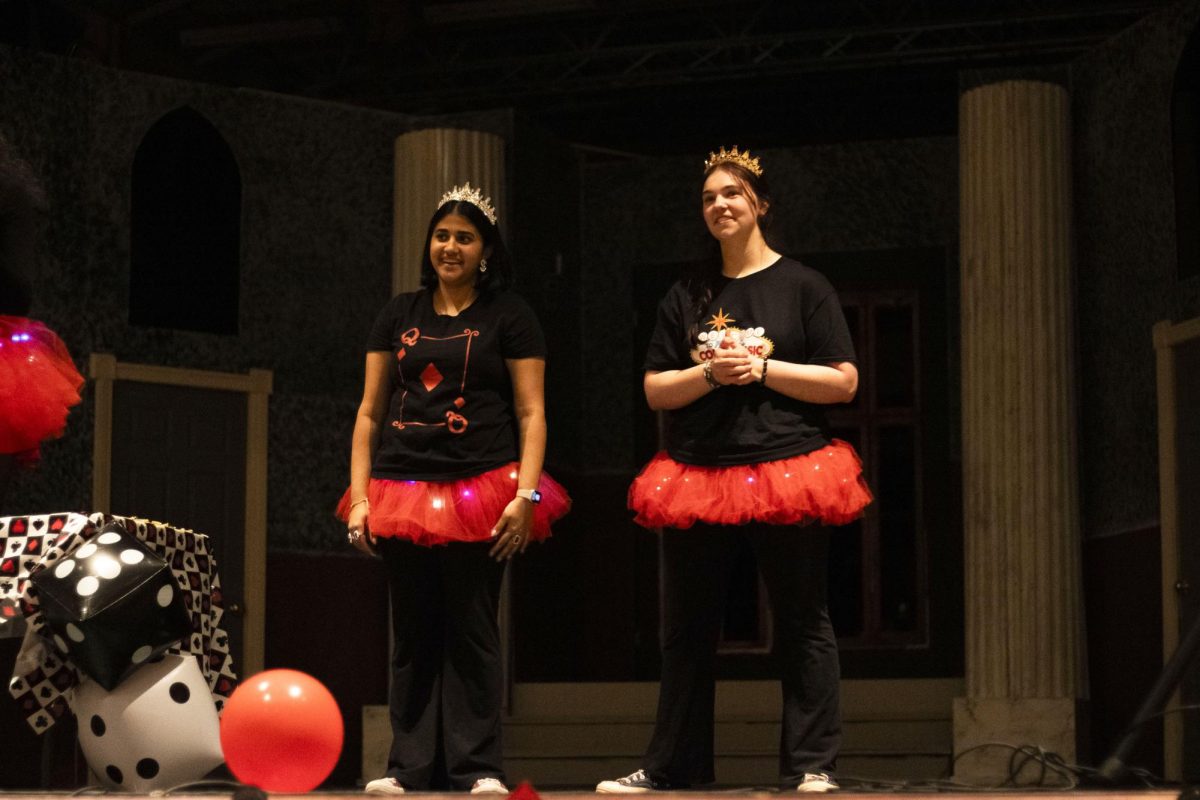It is no secret that Columbia has experienced a spike in incoming refugees within the last two years — the number of refugees that migrated to the city in 2016 was 100 more than in 2015, as reported by the Columbia Tribune. As a result, district English Language Learner (ELL) classes have also increased.
To accommodate the influx of refugee students who may have experienced trauma prior to moving to Columbia, 45 ELL teachers, instructional assistants, Title I/Reading Recovery elementary teachers and counselors took part in training workshops in November and December of 2016. Dr. Syed Arshad Husain, a professor of child and adolescent psychiatry at the University of Missouri-Columbia (MU), conducted the training, Columbia Public Schools (CPS) Community Relations Director Michelle Baumstark said.
“School psychologists working with students who need assistance or who have had traumatic experiences is not a new program. We’ve always had psychologists on staff in CPS…[but] our ELL specialists have recently participated in some additional training regarding dealing with particular types of trauma,” Baumstark said, “for example, violent and nonviolent war experiences. Dr. Husain is considered a worldwide expert in the area of child trauma because of living in war zones and disaster areas.”
ELL coordinator Shelly Fair said she wanted to bring Dr. Husain’s level of expertise to CPS teachers who work with students who are likely to have experienced trauma. Those who participated in the training learned basic group therapy techniques to help students find their “safe place” and how to use art to help students work through any questions and struggles.
“ELL teachers are often called upon to assist their colleagues in finding the best ways to support and to reach these students,” Fair said. “We needed to support their efforts by providing them some strategies and some tools to address trauma the student might have suffered, and by extension, to help classroom teachers do the same.”
Although freshman ELL student Tien Truong was not aware that her teacher had undergone this additional training, she sees the preparations as a positive thing for students.
“I think [the training] could be helpful for the future because teachers will be able to better support students who have experienced trauma,” Truong said. “The students can communicate and study better. They will feel more comfortable at school.”
Helping kids feel safer and more at peace at school was exactly what Fair intended when she got the idea start the training workshops. While she understands that ELL teachers are not trained therapists and doesn’t expect them to act as such, she hopes they would know what to do in difficult situations.
“This series of workshops gave us tips to recognize signs that might indicate a student is struggling with a traumatic past. It also provided us with some simple strategies to help students find a place of serenity if they are demonstrating behaviors that might be connected to trauma they have suffered,” Fair said. “Finally, we discussed best practices for next steps in helping the students and their families, [such as finding] help from a professional therapist or counselor.”
Categories:
ELL teachers receive specific trauma training
April 25, 2017
0
Tags:
More to Discover













































































